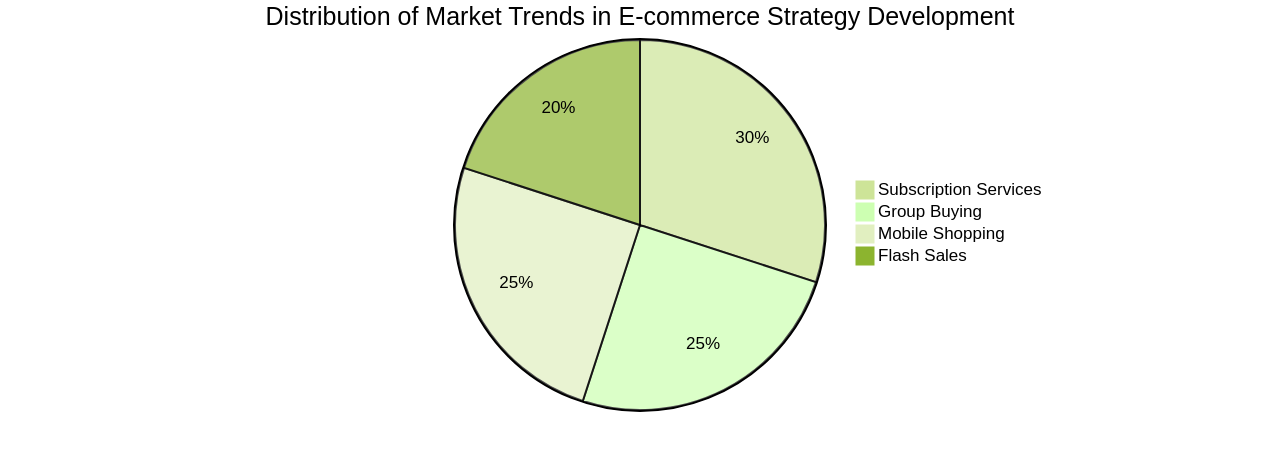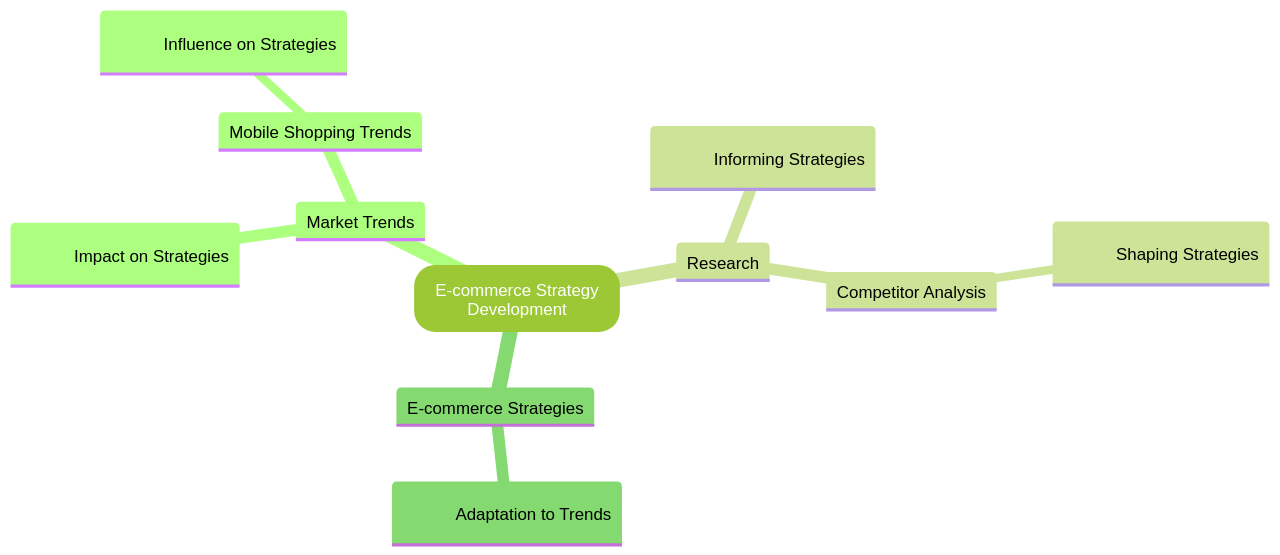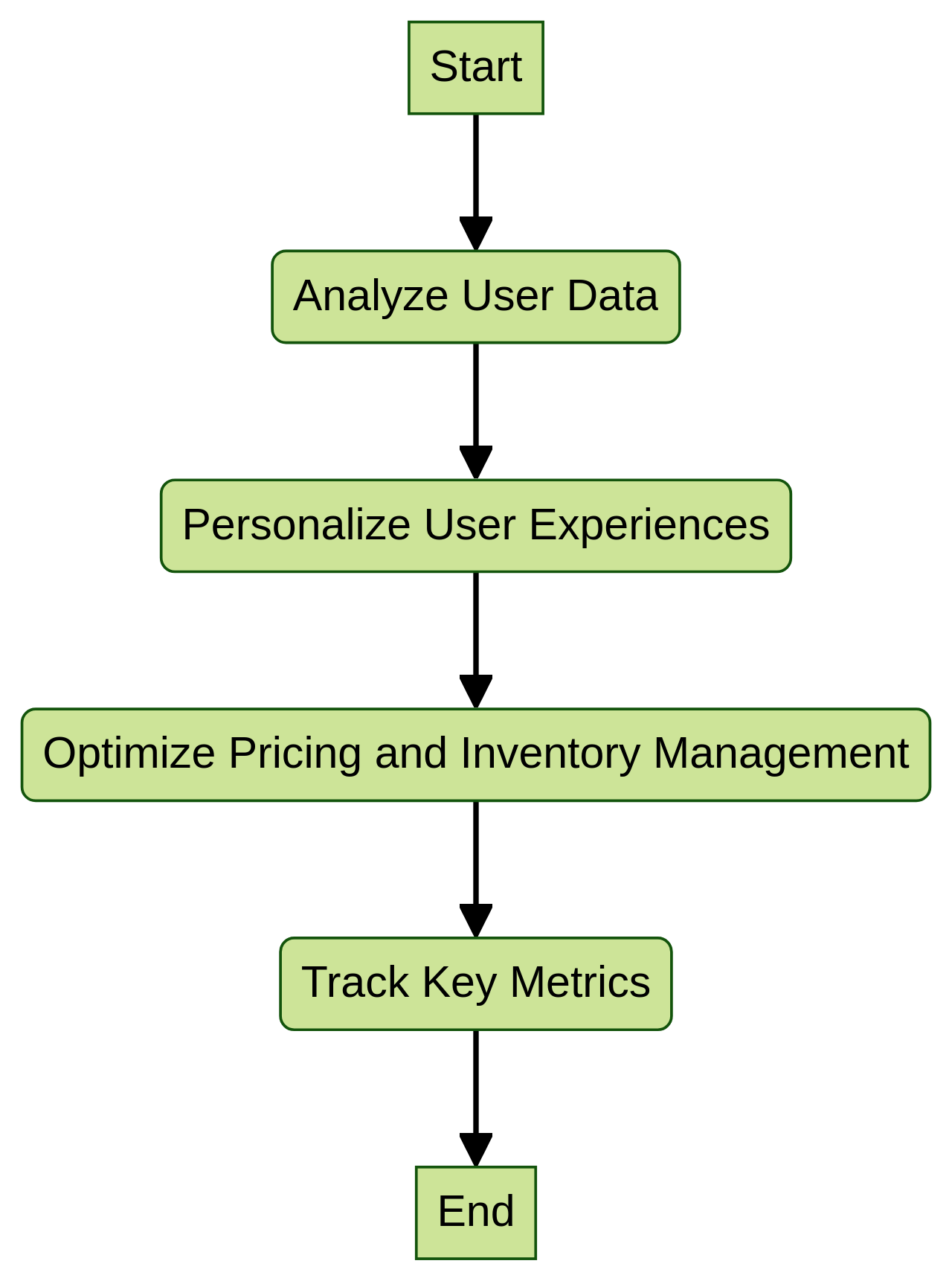Introduction
Data science is revolutionizing the e-commerce industry, providing businesses with valuable insights and strategies to drive growth and profitability. By harnessing the power of statistical methods, predictive models, and algorithms, data science enables e-commerce entities to understand consumer behavior, optimize marketing campaigns, personalize user experiences, and make data-driven decisions. In this article, we will explore the role of data science in e-commerce, its impact on various aspects of business operations, and real-life case studies that demonstrate its effectiveness. By understanding the power of data science in the e-commerce landscape, businesses can unlock new opportunities, enhance customer satisfaction, and stay competitive in the market.
1. Understanding the Role of Data Science in E-commerce
Data science is a fundamental pillar in the e-commerce landscape, utilizing statistical methods, predictive models, and algorithms to extract critical insights from large data sets. These insights empower e-commerce entities to understand consumer behavior, enhance operations, and make informed decisions. For instance, predictive models leverage machine learning algorithms to analyze data points like customer demographics, browsing history, and purchase history. This analysis uncovers patterns and trends in consumer behavior, enabling businesses to personalize marketing campaigns, recommend products, and optimize pricing strategies, ultimately enhancing customer satisfaction.

Data science also plays a crucial role in identifying profitable products. It involves working closely with software developers, designers, and engineers to develop market fit consulting services. After conducting research and testing hypotheses, companies can launch minimum viable products (MVPs) and gather data that helps them align products with market demands.
Moreover, data science significantly improves website performance and stability, key for an enhanced user experience and customer satisfaction. It involves analyzing large data volumes to spot patterns and trends, which can help optimize website performance and stability. This involves monitoring website metrics and using machine learning algorithms to predict and prevent potential performance issues. Additionally, data science can personalize the user experience, recommending relevant products, and improving conversion rates.
In summary, data science is an invaluable tool enabling e-commerce and retail companies to grow their businesses, retain customers, and make data-driven decisions.
2. Key Components of a Data-Driven Digital Marketing Strategy for E-commerce
The efficacy of a data-driven digital marketing model in the e-commerce sector is pivotal. This approach hinges on leveraging data to inform decisions and amplify marketing endeavors. At its core, this model encompasses customer segmentation, tailored marketing, and the evaluation of performance.
Customer segmentation involves categorizing customers into distinct groups based on criteria such as buying patterns, demographics, and preferences. This allows for the development of more targeted and effective marketing campaigns. Tailored marketing refers to the customization of marketing messages and offerings tailored to individual customers, based on their behavior and preferences. This strategy can significantly enhance customer engagement and conversion rates.
Performance evaluation involves monitoring and assessing the results of marketing campaigns to identify what is working and what isn't, facilitating continuous refinement and optimization of marketing initiatives. Performance tracking is a critical component of e-commerce marketing as it enables businesses to evaluate the effectiveness of their marketing strategies and campaigns. By monitoring key performance indicators (KPIs) such as website traffic, conversion rates, bounce rates, and average order value, businesses can understand the success of their marketing efforts. This data allows them to identify which marketing channels and tactics are driving the most sales and which ones may require adjustments or discontinuation. Consequently, performance tracking enables businesses to optimize their marketing campaigns by identifying areas for improvement and making data-driven decisions. Ultimately, performance tracking in e-commerce marketing is fundamental for maximizing ROI and propelling business growth.
3. Utilizing Market Trends and Research in E-commerce Strategy Development
The expanding U.S. e-commerce market, with a 9% compound annual growth, has given rise to innovative business models such as group buying, flash sales, and subscription services. However, these models aren't without challenges. For instance, group buying and daily deals sites have faced dissatisfaction from customers and merchants, while flash sales sites have seen a decrease in discounts due to dwindling inventory levels.

Yet, these platforms continue to be favored across different income levels, offering curated selections and discounts. Start-ups continue to venture into this domain, demonstrating the resilience and dynamism of the e-commerce industry. The evolution and success of an e-commerce business lie in creating an exceptional retail product and marketing it effectively.
Analyzing market trends, conducting market research, monitoring industry trends, and analyzing competitor strategies become essential for understanding customer behavior, industry trends, and competitor analysis. These strategies help e-commerce businesses to stay competitive and meet customer needs.

Adapting e-commerce strategies based on market trends allows businesses to stay relevant, attract more customers, and improve their overall competitiveness. It leads to identifying emerging opportunities, improved customer satisfaction, and optimized marketing efforts.
Mobile shopping trends significantly impact e-commerce strategies. Businesses have had to adapt their strategies to ensure a seamless mobile shopping experience, which includes optimizing websites and online stores for mobile devices, implementing mobile-friendly payment methods, and incorporating mobile-specific features.
Developing a mobile-optimized website or app based on market trends requires a team of software developers, designers, and engineers who can work together to craft innovative solutions. It is important to have experts who can provide one-on-one consultations to understand your specific needs and questions.
Competitor analysis plays a crucial role in e-commerce strategies. By conducting a competitor analysis, businesses can gain valuable insights into their competitors' strategies, strengths, weaknesses, and market positioning. This information can then be used to inform and refine their own e-commerce strategies, such as pricing, product offerings, marketing campaigns, and customer acquisition tactics. By understanding the competitive landscape, businesses can identify areas of opportunity, differentiate themselves from competitors, and make data-driven decisions to stay competitive in the e-commerce industry.
4. The Impact of Global Economic Trends on E-commerce Strategies
E-commerce businesses must stay alert to global economic trends to maintain their competitiveness and profitability. The state of the economy can dramatically affect consumer spending, with downturns often leading to a focus on cost-effective products and discounts to sustain sales. On the other hand, economic growth periods can offer opportunities for businesses to penetrate new markets and offer premium products.
The exchange rates also play a significant role, impacting the pricing strategies and profit margins of businesses operating internationally. For instance, Shopify's user experience is tailored to regional markets, enhancing its global competitiveness.
The rise of consumers outside the US due to the great convergence is another trend to consider. This, along with the rapid shift of commerce online due to the global pandemic, highlights the importance of robust global strategies.
In the world of technology, innovative frameworks like Shopify's Hydrogen and Oxygen are key in creating faster and more innovative user experiences. Also, the increasing use of social media platforms for marketing and the rise of B2B e-commerce are trends to capitalize on.
Lastly, the growing popularity of non-fungible tokens (NFTs) and the potential benefits of leveraging crypto wallets and payments for brand building should not be overlooked by e-commerce businesses.
5. Case Study: Successful Implementation of Data Science Strategy in E-commerce
Competera, a leading pricing platform, exemplifies the transformative power of data science in e-commerce. The platform empowers retailers to establish optimal prices by analyzing competitive data, thereby maximizing each SKU's potential throughout its lifecycle.

Luxury artificial Christmas tree retailer Balsam Brands leveraged Competera to optimize price reductions and manage inventory sellout during the festive season. This strategy resulted in a 34% increase in gross margin and a 35% rise in revenue. The platform also saved the pricing team six hours weekly by providing 24,000 discount recommendations. Moreover, the sellout manager enhanced the accuracy of sell-through rate forecasts. This case study underscores the potential of data science to personalize user experiences, drive sales, and boost overall performance in e-commerce. By analyzing user data, platforms can tailor product recommendations and targeted advertising to individual customers, leading to higher conversion rates and customer satisfaction. Data science techniques such as machine learning algorithms can identify patterns and trends in large datasets, informing personalization strategies. Additionally, data science can be used to optimize pricing, inventory management, and supply chain operations in e-commerce. This approach allows businesses to deliver personalized experiences, improve overall performance, and track key metrics such as conversion rates, average order value, customer lifetime value, and revenue per customer. By leveraging these insights, businesses can make data-driven decisions, driving further growth and success in the e-commerce industry.
Conclusion
In conclusion, data science plays a crucial role in the e-commerce industry, enabling businesses to understand consumer behavior, optimize marketing campaigns, personalize user experiences, and make data-driven decisions. By harnessing the power of statistical methods, predictive models, and algorithms, e-commerce entities can unlock new opportunities and enhance customer satisfaction. The use of data science in e-commerce allows for the analysis of large datasets to identify patterns and trends that can inform personalized marketing strategies and optimize pricing. This ultimately leads to higher conversion rates, increased revenue, and improved overall performance. By understanding the power of data science in the e-commerce landscape, businesses can stay competitive in the market and drive growth and profitability.
Furthermore, a data-driven digital marketing strategy is essential for success in the e-commerce sector. By leveraging customer segmentation, tailored marketing messages, and performance evaluation, businesses can optimize their marketing efforts and maximize return on investment. Understanding market trends and conducting competitor analysis also play a crucial role in developing effective e-commerce strategies. Adapting strategies based on market trends allows businesses to stay relevant and attract more customers. Additionally, keeping an eye on global economic trends is important for maintaining competitiveness and profitability. The successful implementation of data science strategies has been demonstrated by companies like Competera, which have seen significant improvements in gross margin, revenue, and operational efficiency. Overall, integrating data science into e-commerce strategies is key to driving growth and success in this ever-evolving industry.
Start now to unlock the power of data science in your e-commerce business and drive growth through personalized experiences, optimized marketing campaigns, and data-driven decision-making.





